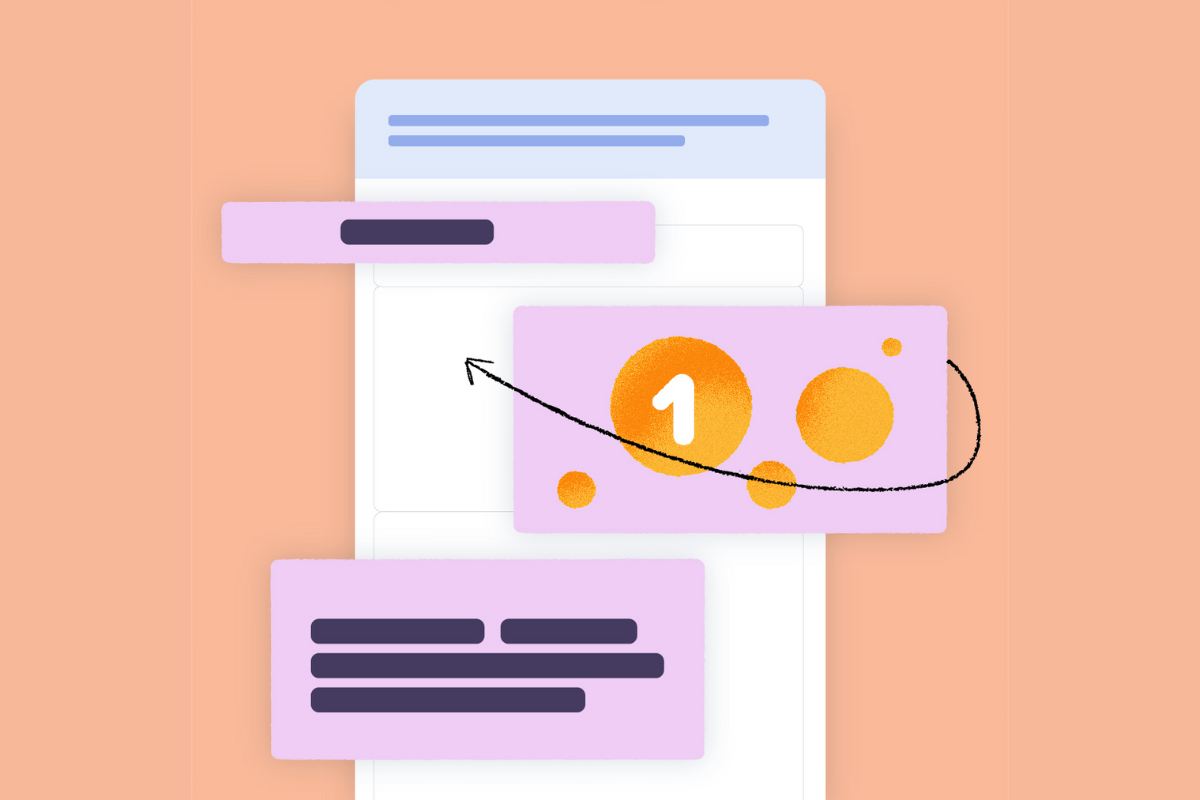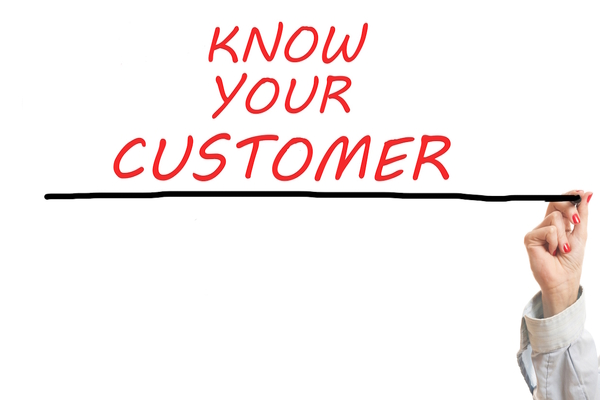How to send internal emails in 2024 (and beyond)

Remote, hybrid, in-office, out-of-office… wherever you happen to sit, there’s one thing that follows you everywhere: your inbox.
Even though there is a massive variety of software and platforms available, email is still considered the foundation for internal communication. Yet, as workplaces evolve and technology advances, many companies find themselves using tools that were never set up to scale internal communications and all the emails that come with it.
Most of these organisations have experienced the limitations of traditional email tools such as Outlook or Gmail, or are trying to force an external email marketing tool into sending internal communications. Here, we’ll explore the uncapped potential of a dedicated internal email solution and learn to embrace its crucial role in reshaping and modernising internal communication.
Email is still the No1 channel for internal communication
Despite the introduction of chat apps, collaboration platforms and social intranets, email continues to be the most-used form of internal communication. In fact, it’s a core part of the strategy for 94 per cent of internal communication teams, according to Workshop’s 2024 Internal Communication Trends Report.
There are some really concrete and practical reasons for this. Email transcends geographical boundaries, time zones, physical constraints and even generational gaps. As of recent studies, even Gen Z individuals regularly use email for communication (three in four), whether for personal or professional purposes.
The fact remains: employees are checking their email, and the best way to communicate with an audience is to meet them where they’re at!
Of course, there isn’t a business on the planet that isn’t using some kind of tool for email. Many organisations are going straight through the email service itself (Gmail/Outlook), have upgraded to email marketing software (Mailchimp/Constant Contact), or have opted for an internal communications-specific email platform, such as Workshop.
Modern email features for modern organisations
Many of the restrictions of using a tool such as Outlook simply come from doing things the “old way” and operating in a system that very much feels like it’s from another millennium.
Attaching PDFs, sending to a listserv and getting limited (or no) data are all reasons why email can feel like a completely out-of-date employee communications solution. But many modern email platforms are offering suites of features that are much more dynamic, engaging and data-driven.
Here are a few key strategies for modernising your internal communications:
-
- Interactive content: Embedded surveys, GIFs/videos, comments and translation are all ways you can create more engaging content right within the email itself.
- Personalisation: You can use merge tags and segment different rows, images and links for different lists (all from within the same email). Tailor your messages to specific audiences using segmentation and personalised content, ensuring that each recipient receives relevant information tailored to their role, department or interests.
- List management and targeting: Distribution lists can be created without IT or marketing requests, thanks to integrations with Active Directory, HRIS or payroll systems.
- Integration with communication tools: Like marketing solutions, some platforms will offer cross-channel distribution with the internal communication channels you use the most (such as Sharepoint, Slack, Teams or SMS).
- Deeper insights: Analytics go far beyond open rates and read rates to enable you to segment data by department, location, role, read time and so much more. Leverage advanced analytics tools to monitor campaign performance and gain valuable insights into audience behaviour, preferences and trends.
- Mobile optimisation: Ensure your emails are optimised for mobile devices, enabling employees to access critical information anytime, anywhere, from their smartphones or tablets.
All these features are baked into an internal communications email platform such as Workshop!
Sending emails to employees? Look for internal email tools
If you want to truly modernise your internal communications, picking the right tool is key. Relying solely on Gmail or Outlook for team or company communications doesn’t give you much insight into how your messages are landing, especially when juggling diverse distribution lists, which can be a headache (especially with a big team). Your messages might be boring and unengaging, too – mostly plain text with very little pizzazz, or you’re sending out PDFs left and right for important updates.
The second-best thing is to use email marketing software. It sounds promising: platforms such as Mailchimp, Campaign Monitor, Constant Contact or Hubspot offer analytics and templates to spruce up your content. But let’s face it: they’re built for customers, not coworkers. And when your teammate can unsubscribe from your messages like they’re dodging spam, you know you’re in trouble!
Plus, if your email software doesn’t sync with your HRIS system (and none of them do), you’re still stuck managing a custom distribution list or continually working with IT to do so: removing employees who have left and adding employees who have been hired. (Here’s a longer, in-depth look at the many reasons why Mailchimp and other marketing email tools don’t work for internal comms.)
The absolute best email software for internal communications is just that: email software for internal communications. Workshop was built from the ground up for this specific use case. It offers more engaging designs, robust analytics and better management of your employee emails. It syncs with your HR data so you can create targeted messages and always have up-to-date distribution lists, and it provides multi-channel communication options via integrations with Slack, Sharepoint and others.
Other solutions that you may run into in a search to solve your internal email needs may require overcomplicated packages and bloated toolsets. Some might try to rope you into buying employee apps or company intranets, promising the moon but delivering little engagement. Stick to simplicity, functionality and alignment with what your organisation needs!
Embrace the future of internal communications (including email!)
The future of internal communication doesn’t mean abandoning email, but we do need to reimagine it through the lens of modernisation and engagement. Aim to transform your text-based internal memos into great employee experiences that match your organisation’s brand, encourage interactivity and drive real business results. And rather than risking it all on a net new channel for employee communications or a custom-built intranet that will take two years to build, consider that the smartest and most futureproof solution is to invest in the channel that your teams use the most (email)!
To find out more, visit Workshop.

Business Reporter Team
Most Viewed
23-29 Hendon Lane, London, N3 1RT
23-29 Hendon Lane, London, N3 1RT
020 8349 4363
© 2024, Lyonsdown Limited. Business Reporter® is a registered trademark of Lyonsdown Ltd. VAT registration number: 830519543





